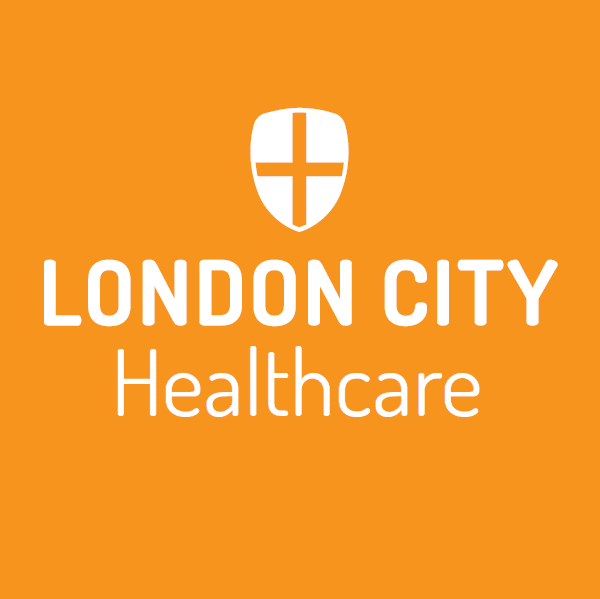Occupational health and safety (OHS) is a multidisciplinary field concerned with workers’ safety, health, and welfare.¹ It encompasses a holistic approach considering the physical, mental, and social factors influencing workers’ health. OHS professionals strive to identify, evaluate, and control hazards in the workplace to prevent work-related injuries and illnesses. They also promote healthy lifestyles and provide support to workers with work-related health concerns.
Occupational Health Issues
Workers face a variety of occupational health issues, including:
- Physical hazards: These hazards can cause injuries, such as cuts, burns, and fractures. They can also lead to long-term health problems, such as respiratory problems, cancer, and musculoskeletal disorders. Examples of physical hazards include noise, dust, fumes, and chemicals.
- Mental hazards: These hazards can cause stress, anxiety, and depression. They can also lead to burnout, presenteeism (going to work while ill), and absenteeism. Examples of mental hazards include long working hours, high-pressure work environments, and bullying or harassment.
- Ergonomic hazards: These hazards can cause musculoskeletal disorders, such as carpal tunnel syndrome, back pain, and tendonitis. They are often caused by repetitive tasks, awkward postures, and lifting heavy objects.
- Biological hazards: These hazards can cause infections, such as tuberculosis, hepatitis, and HIV. They can also lead to allergies and respiratory problems. Examples of biological hazards include bacteria, viruses, and parasites.
Case Study: Preventing Work-Related Musculoskeletal Disorders
A manufacturing company was concerned about the high rate of musculoskeletal disorders (MSDs) among its workers. These disorders were causing pain, discomfort, and absenteeism and also impacting the company’s productivity.
The company conducted an ergonomic assessment of its workstations and identified several risk factors for MSDs. These risk factors included repetitive tasks, awkward postures, and the use of vibrating tools.
The company implemented several interventions to address these risk factors, including:
- Providing training on ergonomics and MSD prevention
- Modifying workstations to reduce risk factors
- Providing workers with personal protective equipment, such as gloves and wristguards
- Encouraging workers to take regular breaks
As a result of these interventions, the rate of MSDs at the company decreased significantly. Workers also reported less pain and discomfort, and absenteeism declined.
Conclusion
Occupational health and safety is essential for protecting workers’ safety, health, and welfare. By identifying, evaluating, and controlling hazards in the workplace, promoting healthy lifestyles, and supporting workers with work-related health concerns, OHS professionals can help prevent work-related injuries and illnesses and create a healthier, safer, and more productive work environment.
References
- Health and Safety Executive (HSE): What is occupational health? [online] Available at: https://www.hse.gov.uk/health-surveillance/occupational-health/index.htm [Accessed 8 December 2023].
Article fact-checked and approved by Dr. Amun Kalia and Dr Deryk Waller
